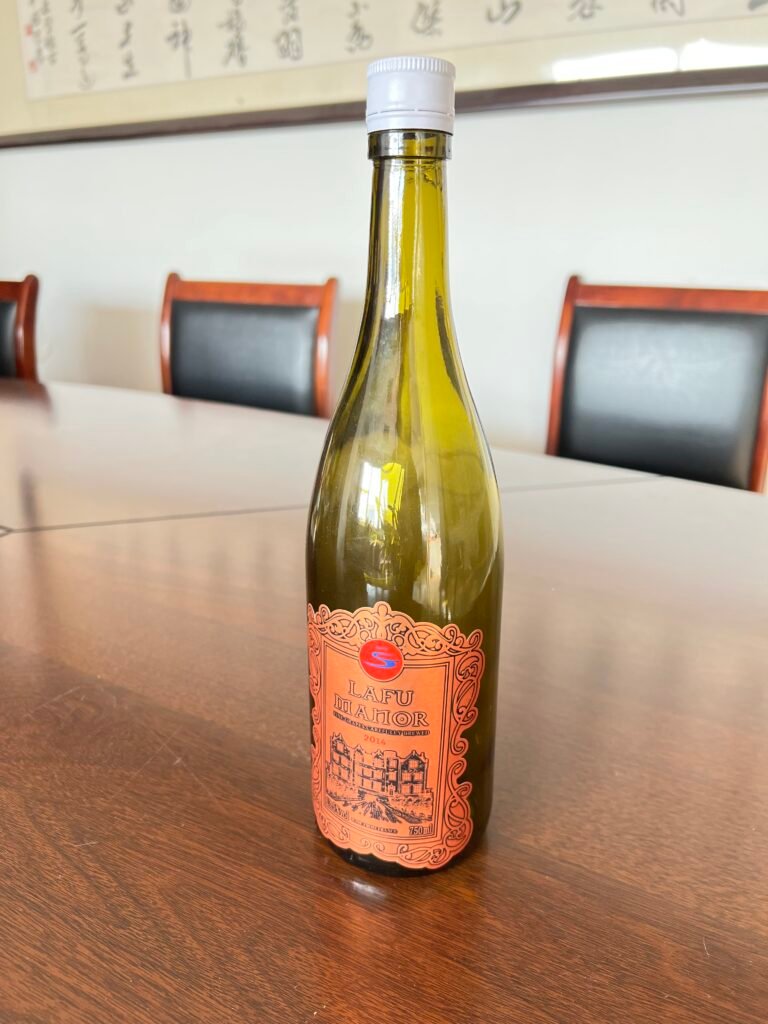Fermentation and canning of red wine
Fermentation and canning of red wine
Fermentation of Red Wine
- Raw material preparation: The main raw material for red wine is grapes, usually selected from red grape varieties. Before fermentation, grapes need to be selected and cleaned to ensure quality.
- Crushing and Pressing: The cleaned grapes are de stemmed and crushed, then pressed to release grape juice.
- Alcohol fermentation: The sugar in grape juice is converted into alcohol and carbon dioxide by yeast. This process is usually carried out in a temperature controlled fermentation tank, with a temperature controlled between 18-25 degrees Celsius to maintain the flavor and color of red wine.
- Fermentation time: The fermentation time for alcohol varies depending on the grape variety, climate conditions, and the requirements of the winemaker, usually taking 7-14 days.
- Malic lactic fermentation (MLF): After alcohol fermentation is complete, some winemakers choose to undergo malic lactic fermentation, which can reduce the acidity of the wine and make its taste smoother.

Canned red wine
- Filtration and clarification: Before canning, wine usually needs to be filtered and clarified to remove impurities and sediment.
- Choose the appropriate wine bottle: Red wine usually uses traditional Bordeaux or Burgundy bottles, which help protect the quality of the wine.
- Filling: The clarified wine is poured into pre disinfected wine bottles. This process needs to be carried out in a sterile environment to prevent microbial contamination.
- Sealing: Wine bottles are usually sealed with natural cork stoppers, synthetic stoppers, or screw caps. Cork stoppers can provide good sealing while allowing small amounts of oxygen to pass through, which helps with the aging of wine.
- Label attachment: After sealing, a label will be attached to the bottle, which includes information such as the wine name, vintage, production area, winery, etc.
- Storage and transportation: Canned red wine needs to be stored and transported appropriately to ensure optimal condition when it reaches consumers.
Through the processes of fermentation and canning, red wine transforms from grape juice into a drinkable fine wine, and each step has a significant impact on the quality of the final product.
If you have any needs, please feel free to contact us at any time.
We will serve you wholeheartedly!
